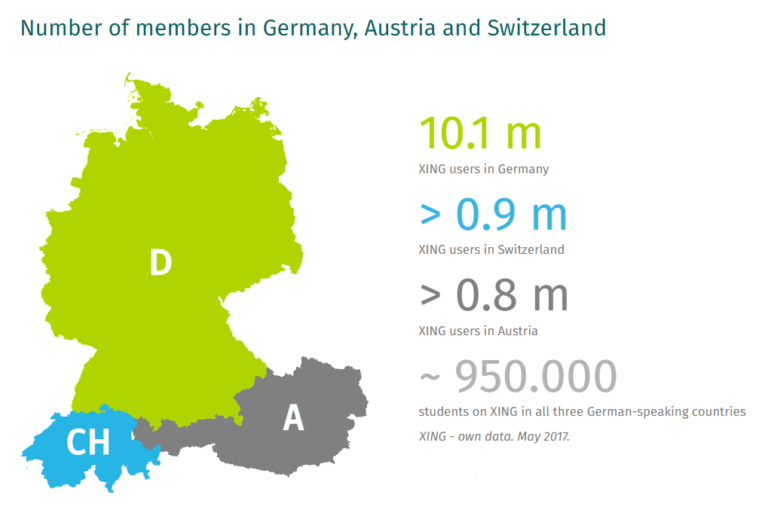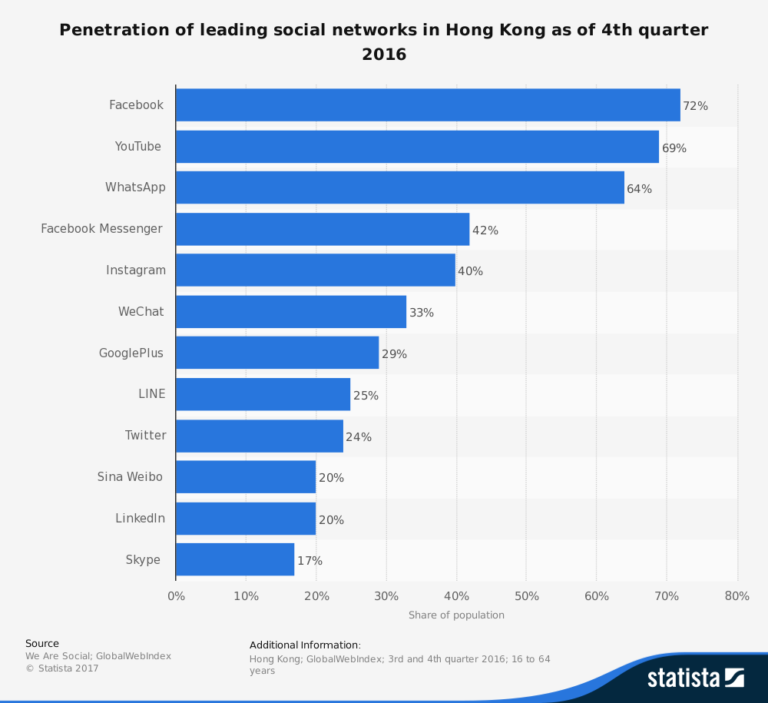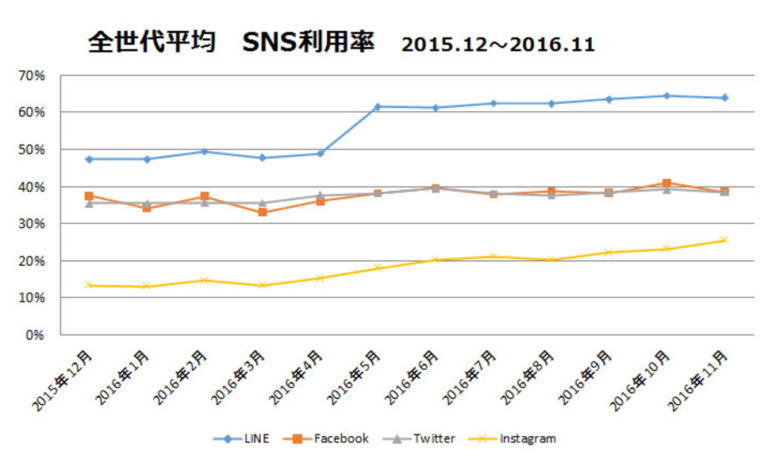Basics: Social Media in East Asia

Looking into the social media landscape on a global scale, there is a wide variety of networks, features and uses that differ greatly from country to country. Looking into East Asia in particular the landscape is growing quickly and is often untouched by western brands and marketers.
East Asia is extremely diverse, due to the high variety of social media platforms that can be found in each country. For example, China had 787 million social media users in January 2017 and is “slated to become the world’s largest Beauty market by 2020” according to L2 Digital. WeChat, is the one of the most popular networks in the country, which is far more than just a messaging service, as it may appear at first glance. It has a transformative role for beauty and luxury fashion brands, therefore making it a powerful marketing tool. The app also allows its users to pay bills, order a taxi, compare prices, track deliveries, or simply buy tickets for the cinema.

So what are users actually looking for on WeChat? Almost 49% of the users want to read articles that are valuable, whilst 39% are are more interested in content that is more emotional. Trendy topics and responsive content actually takes only 20% of the platforms readership. These kinds of insights are imperative to understand, prior to running a successful content marketing campaign on WeChat. It’s also worth mentioning that pictures and short videos generally get a higher volume of views and engagement when compared to text articles.
When looking into Hong Kong on the other hand, the way people interact with social media is much more similar to the west, with Facebook, YouTube, WhatsApp leading the way.

Japan has the second largest social media community within East Asia with 64 million active users in 2017. Line is Japan’s top messaging service, which also has a strong presence in Thailand and Taiwan. It is among the platforms with the highest user activity in 2016 and rivals Facebook in terms of engagement levels. YouTube and Twitter are the leading platforms to engage with friends or read about topics of interest, with user activity level at 74% (YT) and 46% (Twitter). Line Corporation is a subsidiary of the South Korean internet search giant Naver Corporation.

South Korea is also a growing market within the region, with almost 42 million active social media users in January 2017. Similarly to the west, YouTube, Facebook, Twitter and Instagram are leading the way, however, somewhat surprisingly, Google Plus has seen a penetration of 28% in the 4th quarter of 2016. South Korea does also have its own popular social messaging popular app KakaoTalk, which takes 31% of the market. This is even a bigger surprise as Google’s search isn’t as popular as it is in the Western countries.
Sources:
www.japanbuzz.info/japanese-social-media-trends-for-2017/
www.japanbuzz.info/advertising-on-line-japan/
www.statista.com/statistics/284473/south-korea-social-network-penetration/
www.statista.com/statistics/295606/social-media-mau-asia-pacific-countries/
www.statista.com/statistics/668708/china-characteristics-of-articles-shared-on-wechat/
www.marketing-rc.com/article/20160120.html


